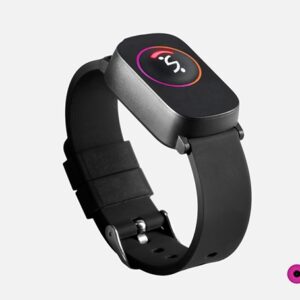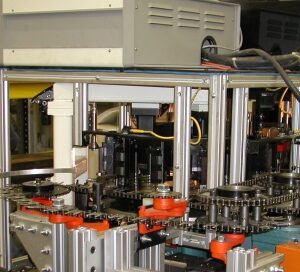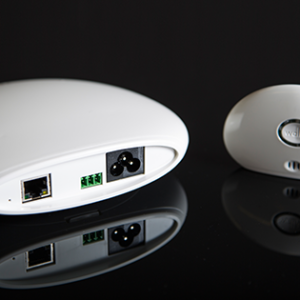
In the realm of modern technology, few innovations have made as profound an impact as thermal imaging cameras. Originally developed for military use, these devices have since transcended their initial purpose, finding applications in various fields such as law enforcement, firefighting, search and rescue, and even wildlife observation. Thermal imaging cameras have become indispensable tools, transforming night vision by enabling users to see beyond the limits of human vision.
Understanding Thermal Imaging Technology
At the heart of a thermal imaging camera is its ability to detect infrared radiation, which is invisible to the naked eye. Every object emits a certain amount of infrared radiation or heat, and the intensity of this radiation increases with the object’s temperature. Thermal imaging cameras are equipped with sensors that detect this infrared radiation and convert it into a visual image that can be interpreted by the user.
Unlike traditional night vision devices that amplify visible light, thermal imaging cameras do not rely on light at all. This gives them a significant advantage in environments where light is scarce or non-existent. Whether in total darkness, through smoke, or in fog, thermal imaging cameras can provide clear images by detecting the heat signatures of objects, animals, or people.
Applications of Thermal Imaging Cameras
- Military and Law Enforcement: Thermal imaging cameras were initially developed for military applications, and they continue to play a critical role in this field. These devices are invaluable in surveillance, reconnaissance, and target acquisition, allowing soldiers to see in the dark and detect threats that would otherwise go unnoticed. Law enforcement agencies also utilise thermal imaging cameras for tracking suspects, conducting search and rescue operations, and gathering evidence in low-light conditions.
- Firefighting: One of the most significant applications of thermal imaging cameras is in firefighting. These cameras allow firefighters to see through smoke, locate hot spots, and identify trapped individuals in burning buildings. The ability to detect heat signatures in real-time can mean the difference between life and death in emergencies, making thermal imaging cameras an essential tool for fire departments worldwide.
- Search and Rescue: In search and rescue operations, time is of the essence. Thermal imaging cameras can significantly speed up the process of locating missing persons in challenging environments such as forests, mountains, or disaster-stricken areas. Thermal cameras can detect body heat even in complete darkness, enabling rescue teams to find and assist those in need quickly.
- Wildlife Observation and Conservation: Thermal imaging cameras have also found a place in wildlife observation and conservation efforts. Researchers and conservationists use these devices to monitor animal behaviour at night without disturbing their natural habitats. The cameras can also help track endangered species, detect poachers, and assess the health of wildlife populations by identifying animals that may be suffering from illness or injury.
- Building Inspections and Maintenance: In the construction and maintenance industries, thermal imaging cameras are used to detect issues that are not visible to the naked eye. These cameras can identify heat leaks, moisture intrusion, and electrical problems, enabling building inspectors and maintenance personnel to address potential issues before they become serious problems. This application not only enhances safety but also improves energy efficiency and reduces costs.
Summing up, thermal imaging cameras are a transformative technology that has revolutionised night vision and extended human capabilities beyond the visible spectrum. Their ability to detect heat signatures in complete darkness or through obstructions like smoke and fog has made them indispensable tools in various industries.





